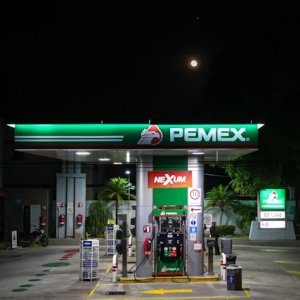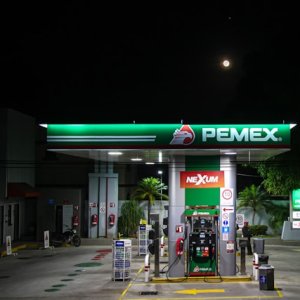Natural Gas Offers North America a Great Opportunity for Growth

STORY INLINE POST
Natural gas plays an important role in global commercial and political relations and North America has an advantage thanks to the infrastructure that has been developed around its supply across the three countries, mainly in Mexico.
Undoubtedly, the commercial block that forms the treaty between Mexico, the US, and Canada (USMCA) offers a favorable geostrategic position compared to the rest of the world. For the US, foreign trade of natural gas is among its fastest-growing economic activities in recent years.
Its expansion as an export leader skyrocketed after 2015-2016, when investments in plants and ports for the export of liquefied natural gas (LNG) multiplied in that country.
This boost was such that between 2015 and 2021, the volume of natural gas exports from the US grew by 340 percent, according to statistics from the US Energy Information Administration (EIA). It has had even sharper growth after the conflict between Russia and Ukraine.
Mexico took very good advantage of its trading partner’s production boom and in 2021 alone, accounted for 32 percent of US exports. And that dynamic has not stopped, according to the US Federal Energy Regulatory Commission (FERC), which is constantly evaluating the construction of new terminals to expand the country’s export infrastructure.
The investment in infrastructure has so far had a positive balance in Mexico. As of today, our country’s National Integrated Natural Gas Transportation and Storage System (SISTRANGAS) covers 10,675km, with another 8,385km of private pipelines.
In other words, there are 19,060km of natural gas pipelines, which compared to the 12,000 that existed before the national gas pipeline plan began in 2012, has meant an important change for the country. The growth of the network has made it possible to support the pace of the industry’s demand t for competitive energy. Now, the challenge is to make the most of the transport capacity built by the private sector before 2019.
There are 24 import points distributed along the northern border in the states of Baja California, Sonora, Chihuahua, Coahuila, Nuevo Leon, and Tamaulipas; however, there are only three storage terminals, located in Tamaulipas, Colima, and Baja California, which limits Mexico’s storage capacity to a range between two and 2.5 days, a situation that that has not improved in recent years.
Today, the national dry natural gas supply (2018-2021 average) is around 8.2 billion cubic feet per day (MMcfd), of which 70 percent come from imports. This is because starting in 2009, national production began an accelerated decline.
Notwithstanding the foregoing, the unquestionable advantage that Mexico has in the current international context is its geographical proximity to its main trading partner, whose benefits should be enhanced with better infrastructure in the region.
In fact, the long period of low prices for imported natural gas has already shown its benefits. The region’s accelerated gas trade has given the northern states of Mexico the ability to strengthen their industrial calling and has also improved the profitability of investments in a key sector —electricity generation — especially at the combined cycle plants that use natural gas.
And looking at the issue from the perspective of the USMCA block, any improvement in the supply of energy that benefits the industry in any of the three countries strengthens North America against the rest of the world.
The region has already proven that with the right conditions, sectoral integration can be developed with benefits for the three nations, as is the case with the automotive and auto parts sectors. Access to natural gas is a necessary condition.
The legal and regulatory frameworks have advanced a great deal in recent years, but Mexico needs a long-term vision so that a greater number of industrial, commercial, and residential consumers may benefit, especially in the south of the country, either through the extension of existing pipelines and more storage or through greater use of the current network.
North America must improve its competitiveness and Mexico cannot lose sight of its position in the international arena.
























